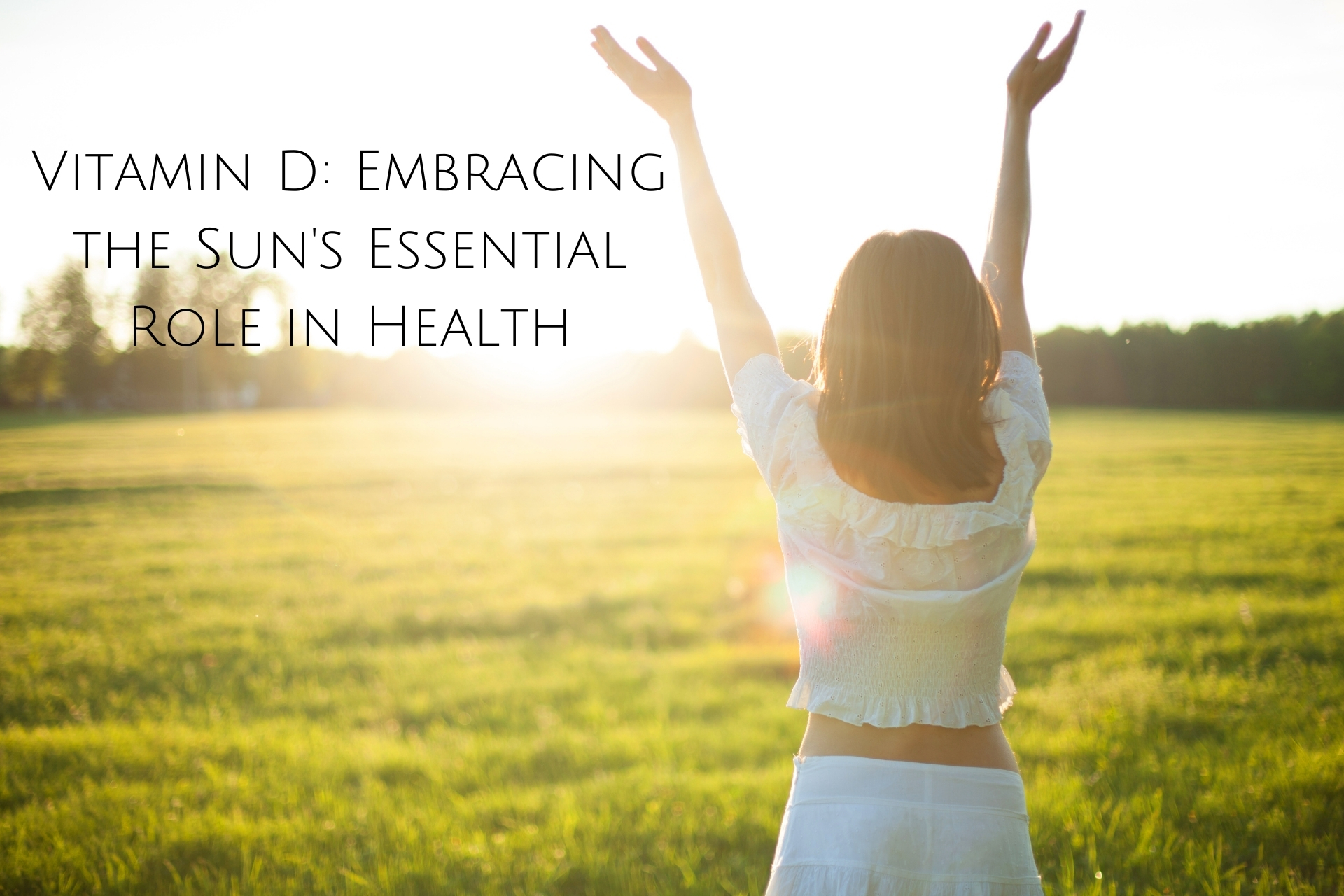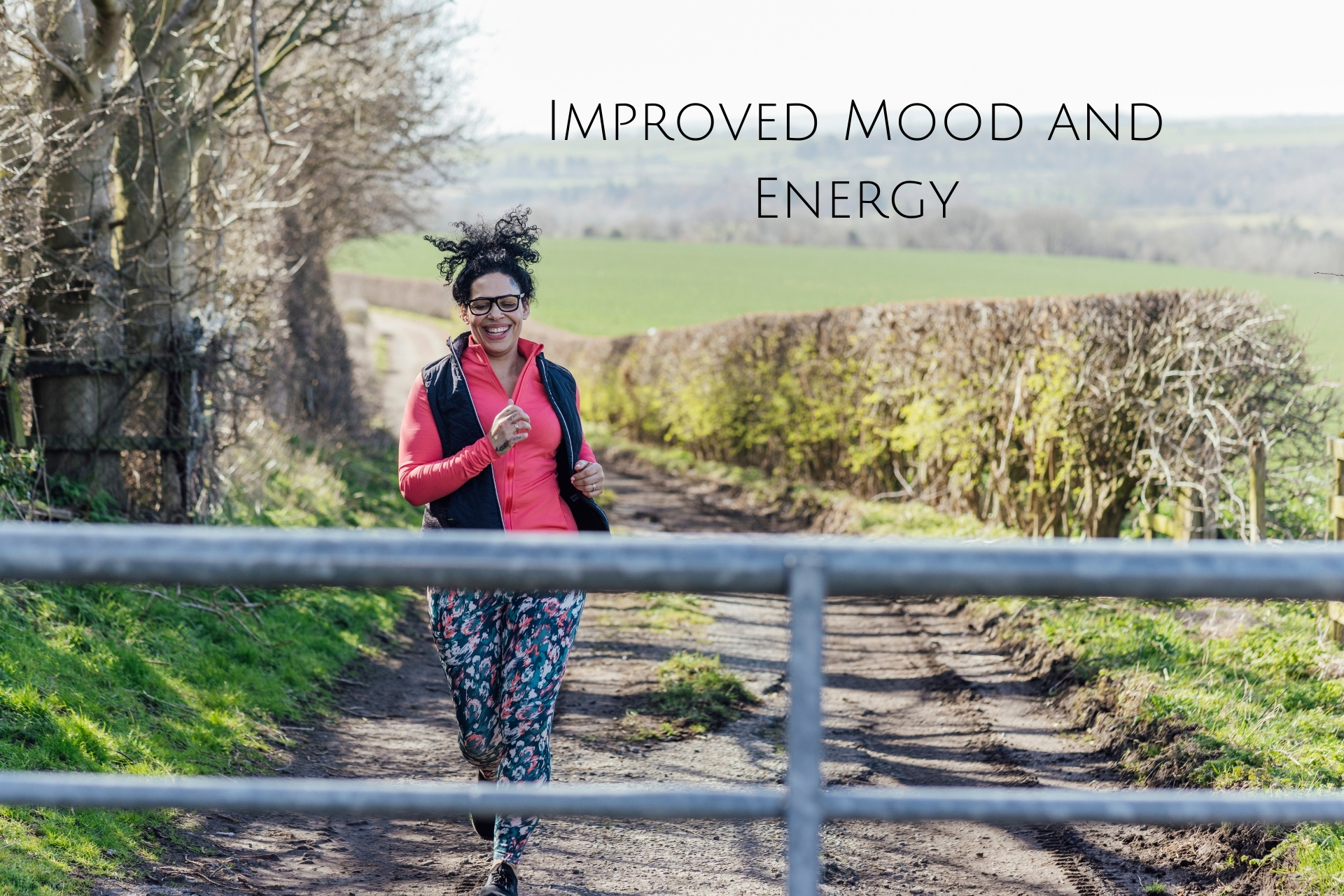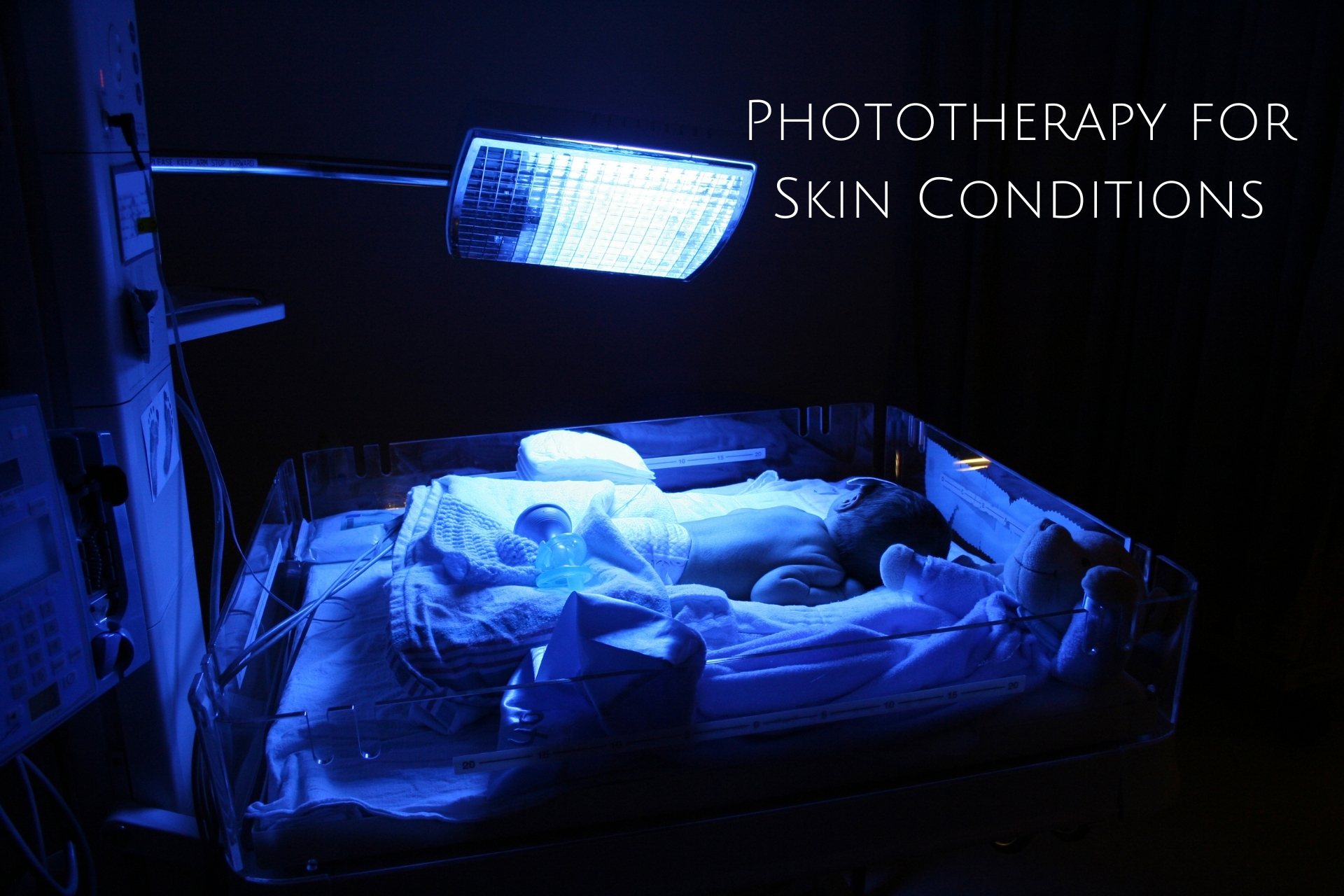At what time is sunlight good?
Sunlight can be beneficial for your health, particularly in the early morning and late afternoon. During these times, the sun is lower in the sky, leading to a lower UV index. Exposure to sunlight in the morning is associated with several health benefits, including improved mood and better regulation of circadian rhythms, which can contribute to a healthy sleep-wake cycle.
Generally, it's advisable to enjoy sunlight in moderation, especially during the hours when the sun is less intense. However, it's crucial to wear sunscreen even during these times, as UV rays are still present and can contribute to skin damage. If you plan to spend extended periods outdoors, it's recommended to use protective measures such as hats, sunglasses, and clothing to minimize direct exposure to the sun.
Vitamin D: Embracing the Sun's Essential Role in Health

Indeed, the sun is a natural and essential source of vitamin D. When your skin is exposed to sunlight, it produces vitamin D in a process triggered by UVB rays. This vitamin is crucial for maintaining healthy bones, supporting the immune system, and regulating mood.
However, it's essential to balance sun exposure for vitamin D synthesis with the need to protect your skin from harmful UV radiation. Spending around 10 to 30 minutes in the sun a few times a week, depending on factors like skin type, location, and time of day, is often sufficient for most people to produce an optimal amount of vitamin D.
Nevertheless, always prioritize sun safety. If prolonged sun exposure is expected, use sunscreen, wear protective clothing, and consider other sources of vitamin D in your diet or supplements to meet your needs while safeguarding your skin. It's about finding a balance that promotes both vitamin D production and skin health.
Benefits of Sunlight in the early morning and late afternoon:
Sunlight in the morning and evening provides several benefits due to its unique qualities during these times:
Vitamin D Synthesis:

Exposure to morning sunlight is particularly effective for vitamin D synthesis. The UVB rays are at a more favorable angle, aiding in the production of this essential vitamin.
Improved Mood and Energy:

Morning sunlight exposure helps regulate circadian rhythms, contributing to better sleep patterns and increased alertness. It stimulates the production of serotonin, enhancing mood and energy levels.
Better Sleep Quality:

Morning exposure to natural light can help regulate your body's internal clock, promoting a more balanced sleep-wake cycle. This, in turn, contributes to better overall sleep quality.
Enhanced Productivity:

Exposure to morning sunlight has been linked to increased productivity and mental focus throughout the day. It can help set a positive tone for the day and improve cognitive performance.
Reduced Stress:

Morning sunlight exposure has stress-relieving effects, helping to lower cortisol levels and induce a sense of calm. This can positively impact overall mental well-being.
Phototherapy for Skin Conditions:

Morning sunlight exposure is often recommended for individuals with certain skin conditions, such as psoriasis. It can provide therapeutic benefits without the intensity of midday sun.
Scenic Beauty:

Besides health benefits, the morning and evening sun casts a warm and aesthetically pleasing light, creating a serene and beautiful atmosphere. your mental well-being have a positive impact.
How much time we need?

The amount of sunlight exposure needed varies based on factors such as skin type, geographical location, time of day, and the season. However, a general guideline for obtaining sufficient vitamin D through sunlight is around 10 to 30 minutes of exposure, a few times per week.
Here are some considerations:
Skin Type: People with lighter skin typically require less time in the sun to produce vitamin D compared to those with darker skin. Darker skin has more melanin, which reduces the skin's ability to produce vitamin D.
Geographical Location: The angle of the sun's rays varies depending on your location and the time of year. In higher latitudes, particularly during winter, the sun may be at a lower angle, reducing the effectiveness of UVB rays for vitamin D synthesis.
Time of Day: The sun's UVB rays, crucial for vitamin D production, are most intense between 10 a.m. and 3 p.m. Exposure during this time is generally more effective.
Sunscreen Use: If you're using sunscreen, its application can reduce the synthesis of vitamin D. However, it's crucial to use sunscreen to protect your skin from harmful UV radiation.
Age: Older individuals may have reduced skin elasticity, impacting vitamin D synthesis. Additionally, aging skin may be less efficient in producing vitamin D.
Effects of more sunlight :
Sunburn: It is caused by ultraviolet (UV) radiation from the sun damaging the skin..
Premature aging: UV radiation can damage the collagen and elastin in your skin, which leads to wrinkles, fine lines, and sagging skin.
Skin cancer: It is caused by damage to the DNA in skin cells from UV radiation. There are three types of skin cancer: basal cell carcinoma, squamous cell carcinoma, and melanoma.
In conclusion, while sunlight offers numerous health benefits, including vitamin D synthesis and mood improvement, it's essential to balance exposure with sun safety measures. Practicing moderation, using sunscreen, wearing protective clothing, and avoiding prolonged exposure during peak hours are crucial for maintaining optimal skin health. Regular skin checkups and consulting with healthcare professionals can further ensure a proactive approach to skincare, promoting overall well-being while enjoying the positive aspects of sunlight.
Recent Posts
-
Power Up Your Performance: Unleashing the Strength of Protein
Introduction:Whether you're an athlete pushing your physical limits or someone striving for an activ
-
Brush buddies:Finding the perfect tool for the job
Introduction:In the mesmerizing world of makeup, the unsung heroes are often the brushes that effort
-
Can You Wear Makeup Over Sunscreen?
Introduction:The age-old debate on whether you can wear makeup over sunscreen is one that often





